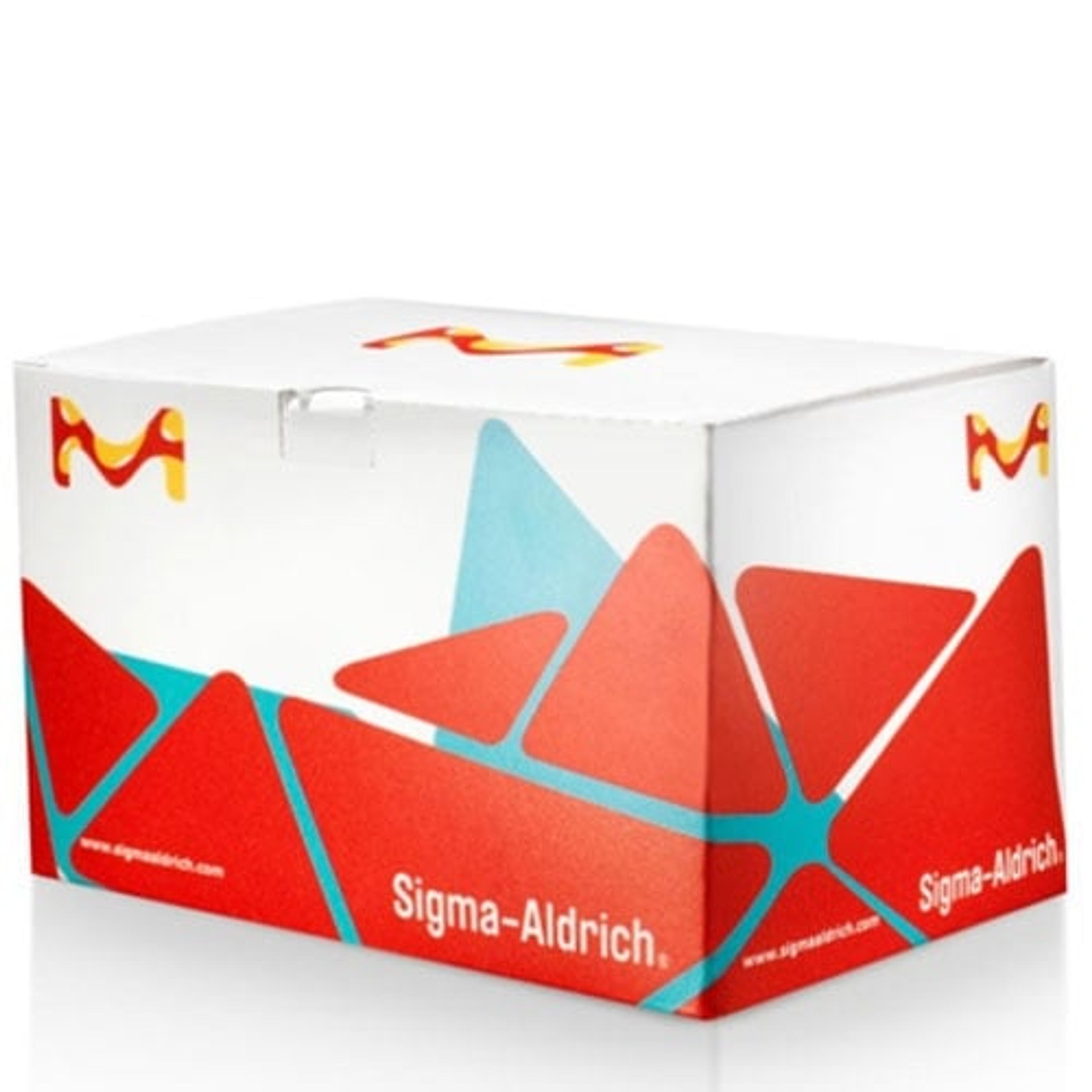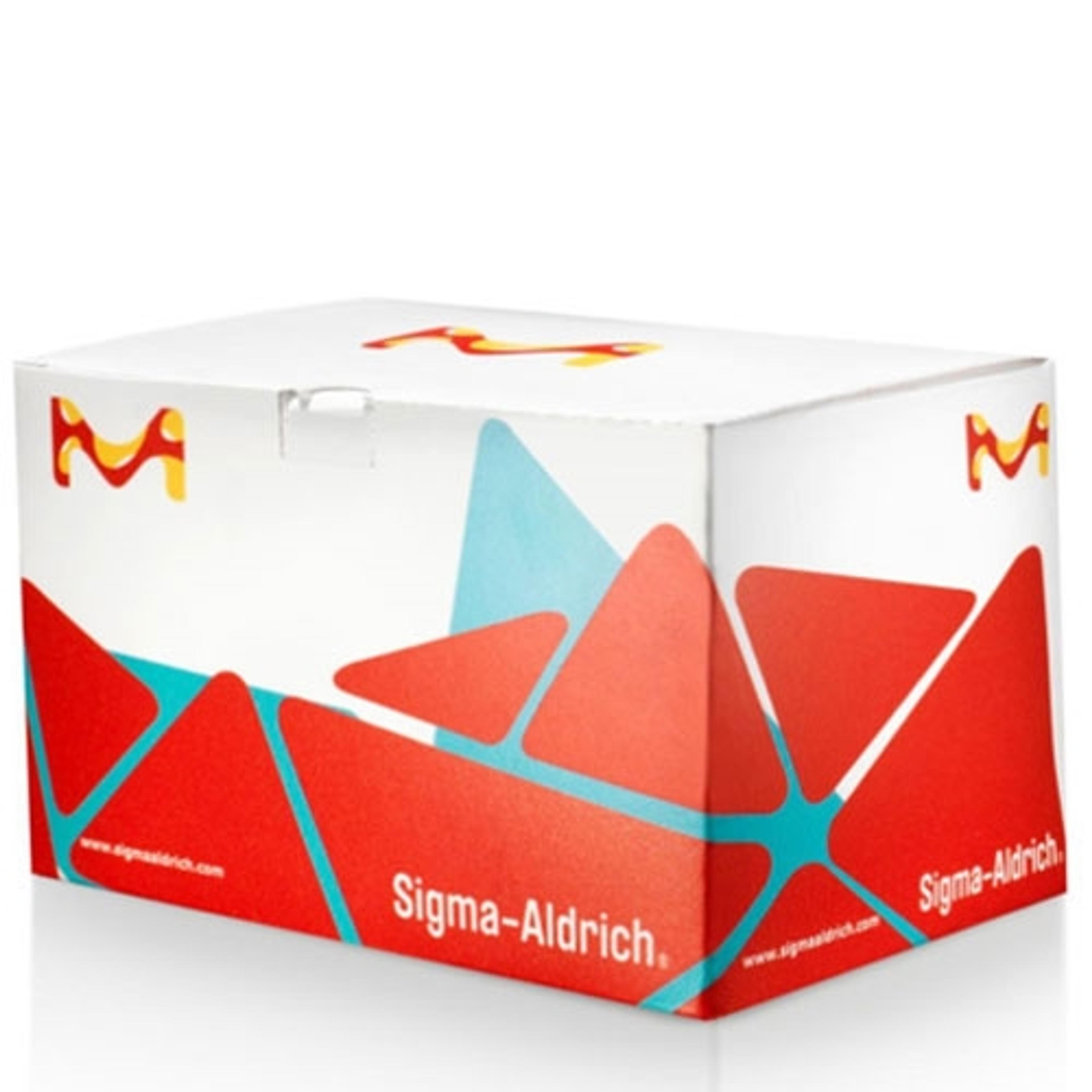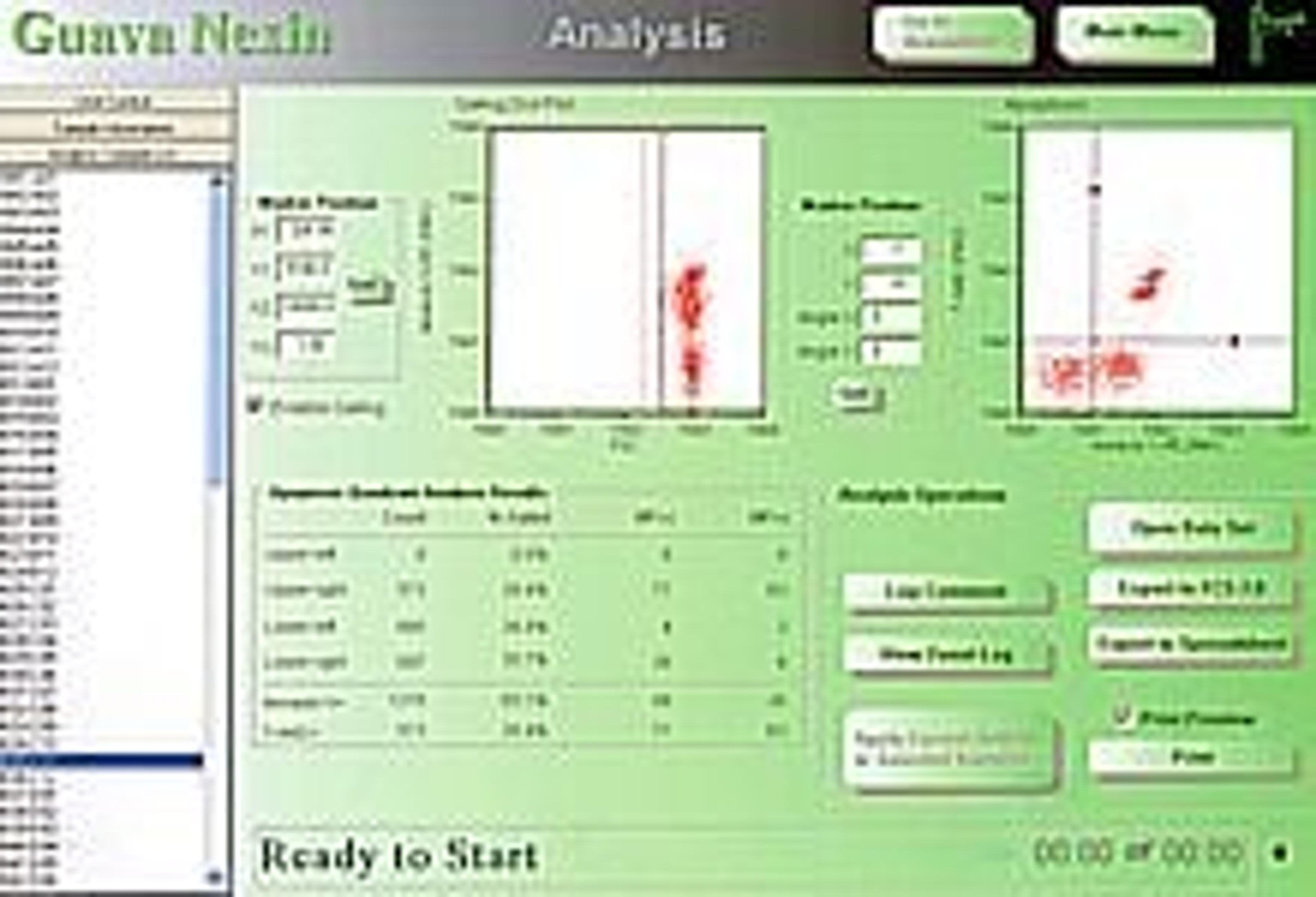Human CRISPR Inhibition 10x Compatible Druggable Library
MerckThe 10x Compatible Human CRISPRi Kinase Phosphatase Drug Targets Kit (Druggable Genome) contains one sub-pool of the top two ranked sgRNAs per gene for increased sensitivity and includes non-targeting controls built-in.







